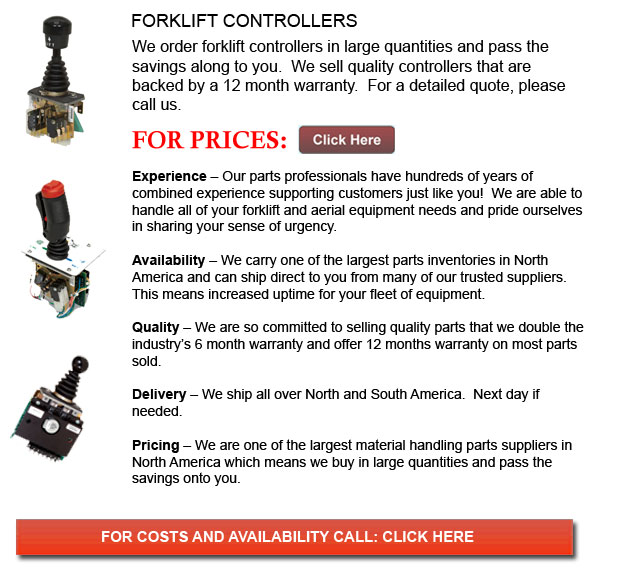
Controllers for Forklift - Lift trucks are obtainable in a variety of different models which have varying load capacities. Most typical lift trucks used in warehouse environment have load capacities of 1-5 tons. Larger scale models are utilized for heavier loads, like for instance loading shipping containers, could have up to 50 tons lift capacity.
The operator could make use of a control in order to raise and lower the blades, which are likewise known as "forks or tines." The operator can likewise tilt the mast in order to compensate for a heavy load's propensity to angle the blades downward to the ground. Tilt provides an ability to function on bumpy ground as well. There are yearly competitions intended for experienced forklift operators to compete in timed challenges as well as obstacle courses at regional forklift rodeo events.
All lift trucks are rated for safety. There is a specific load maximum and a specific forward center of gravity. This vital info is provided by the manufacturer and situated on the nameplate. It is essential cargo do not go beyond these details. It is illegal in lots of jurisdictions to interfere with or take out the nameplate without obtaining consent from the lift truck maker.
Most lift trucks have rear-wheel steering in order to enhance maneuverability within tight cornering situations and confined spaces. This kind of steering varies from a drivers' first experience with various motor vehicles. Because there is no caster action while steering, it is no essential to utilize steering force so as to maintain a continuous rate of turn.
Unsteadiness is one more unique characteristic of lift truck operation. A constantly varying centre of gravity occurs with every movement of the load between the lift truck and the load and they have to be considered a unit during operation. A forklift with a raised load has centrifugal and gravitational forces that can converge to result in a disastrous tipping accident. In order to prevent this from happening, a lift truck must never negotiate a turn at speed with its load raised.
Lift trucks are carefully designed with a specific load limit meant for the tines with the limit decreasing with undercutting of the load. This means that the load does not butt against the fork "L" and would decrease with the elevation of the tine. Generally, a loading plate to consult for loading reference is situated on the forklift. It is dangerous to make use of a lift truck as a personnel lift without first fitting it with specific safety devices such as a "cage" or "cherry picker."
Forklift utilize in distribution centers and warehouses
Forklifts are an essential component of distribution centers and warehouses. It is essential that the work environment they are placed in is designed in order to accommodate their efficient and safe movement. With Drive-In/Drive-Thru Racking, a lift truck must go in a storage bay which is several pallet positions deep to put down or get a pallet. Operators are usually guided into the bay through rails on the floor and the pallet is placed on cantilevered arms or rails. These tight manoeuvres need trained operators to complete the job efficiently and safely. In view of the fact that each and every pallet requires the truck to enter the storage structure, damage done here is more frequent than with other types of storage. If designing a drive-in system, considering the size of the tine truck, along with overall width and mast width, must be well thought out in order to ensure all aspects of a safe and effective storage facility.
![]() Click to Download the pdf
Click to Download the pdf
Forklift Parts
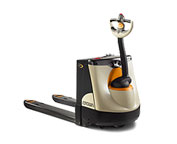
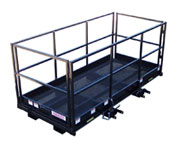
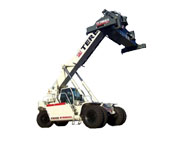
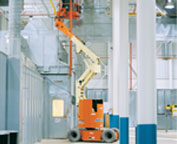
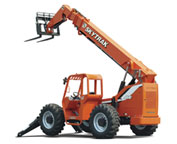
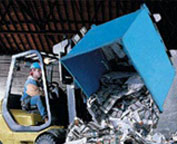
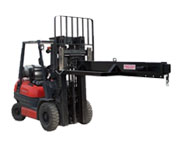
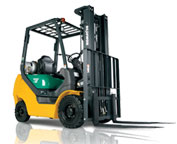
Lift Parts Express
TOLL FREE: 1-888-695-7994
LOCAL: 661-471-2086
2010 WEST AVENUE K 617
Lancaster, California
forkliftpartslancaster.com
Email Us
About Us


